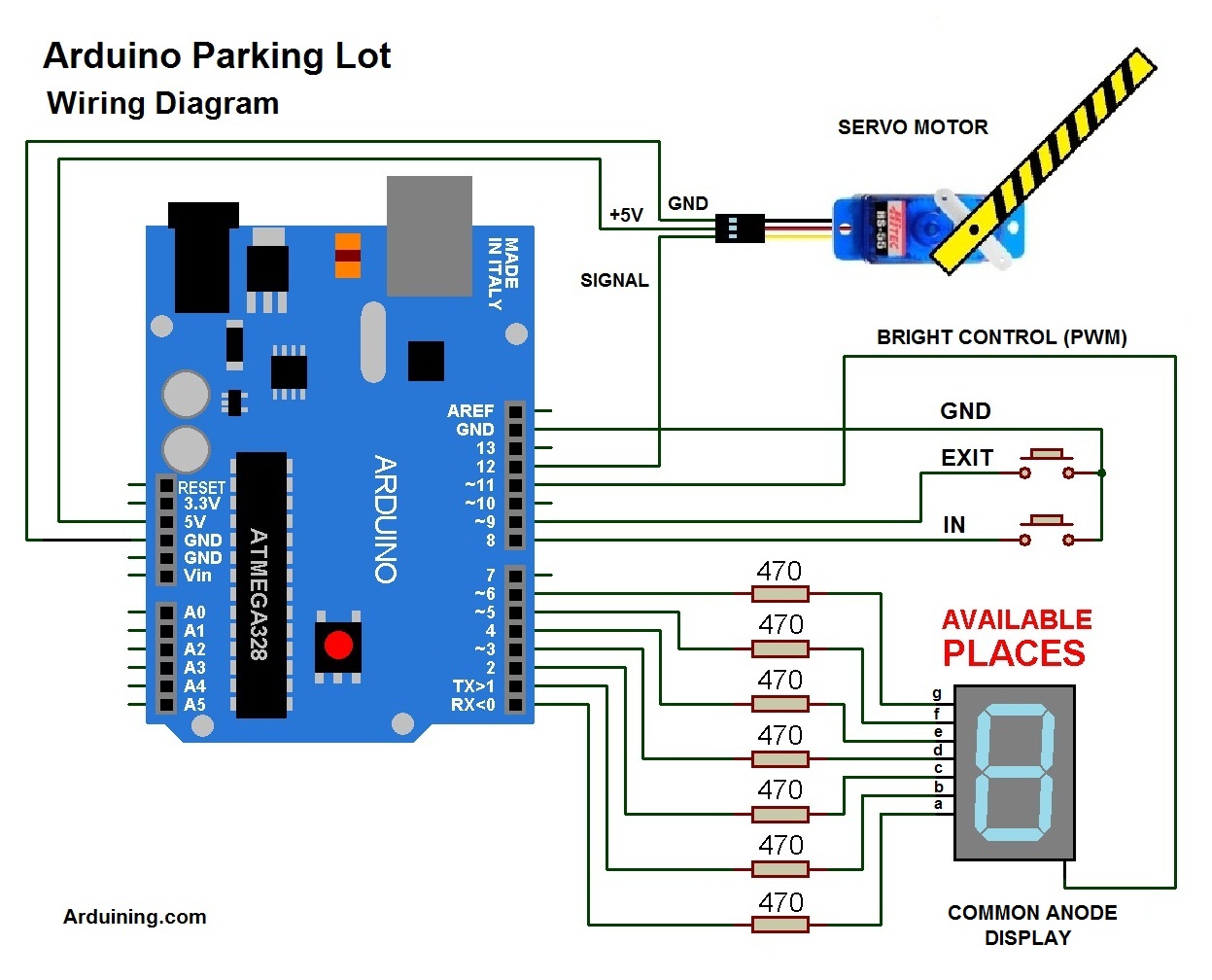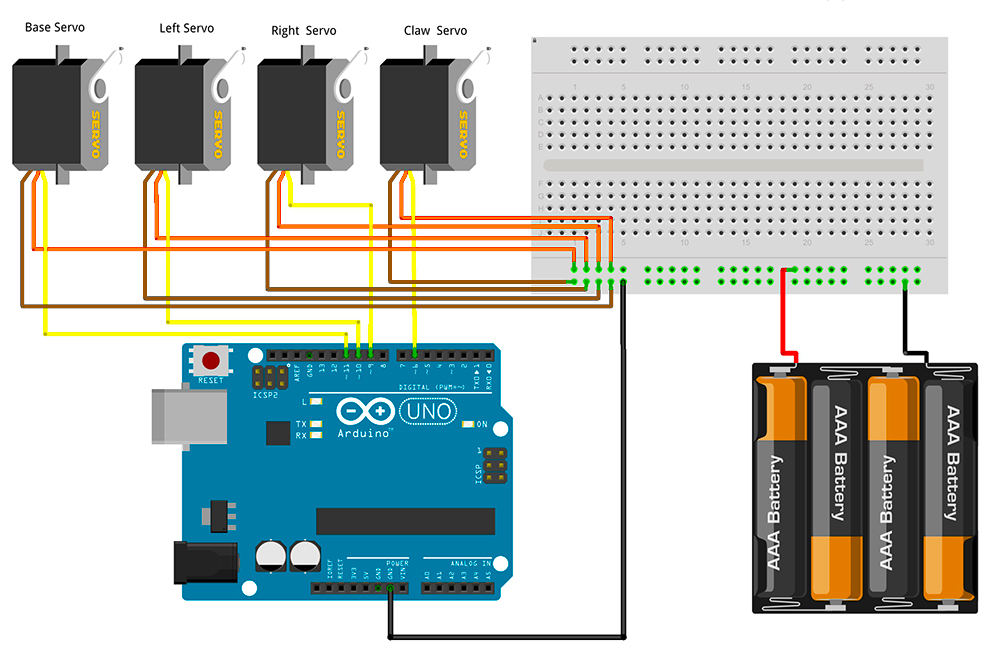
An example ofĭC motors application would be in electric trains and cranes. With DC motors high starting torque, theyĪre very suitable for driving heavy loads in starting conditions. Advantages of DC motorīy changing the voltage across the DC motor, the speed can be easily adjusted

When the leads are switched, the motor will (positive and negative) are connected directly to a power source, the motor With + or -), which means you can reverse the direction of the motor by When the current flows through the rotor, the rotor generatesįorce in the magnetic field, which can rotate.WhenĬurrent is passed through, the opposite polarity between the two magneticįields inside the motor causes it to spin continuously in one direction untilĭC motors have no polarity (Unless marked The part that rotates during operation is called the rotor, and its mainįunction is to generate electromagnetic torque and induced electromotive force, Motor is called the stator, and its main function is to generate a magneticįield. Correspondingly, the motor that uses AC power is an AC motor. It is a motor that can convert electrical energy into mechanical energy in order to run. We will controlling serov using Pin 3.DC Motor refers to a rotating electrical machine that can convert direct current electrical energy into mechanical energy. Controlling Servo using Arduino UnoĪrduino uno has 6 PWM pins: 3, 5, 6, 9, 10, and 11 which provide 8-bit PWM output with the analogWrite() function. In this example we will attach a servo motor and set the angle of the servo to 90 degrees. Return true if this servo is attached, otherwise false

Returns current pulse width in microseconds for this servo (was read_us() in first release)

Returns current pulse width as an angle between 0 and 180 degrees If value is < 200 its treated as an angle, otherwise as pulse width in microseconds
#SERVO MOTOR ARDUINO UNO CIRCUIT FREE#
The available functions are provided in the table below:Īttach the given pin to the next free channel, sets pinMode, returns channel number or 0 if failureĪs above but also sets min and max values for writes There is a servo library which can be used to control the servo motor. The VVR (Variable voltage) should be close to 6V. Given below is the circuit diagram:Ī Servo pin has three wires (Order to be connected in evive, left to right)Ĭaution: Power evive using a 12V 2A power adapter for smooth functioning of servo motor.
#SERVO MOTOR ARDUINO UNO CIRCUIT HOW TO#
In the following example, I will be showing you how to control servo through channel 1. Signal pin of servo 1 is connected to digital pin 44 and servo 2 is connected to digital pin 45. Controlling Servo using evive and Arduino IDEĮvive has two dedicated servo motor outputs pins. Hence if the range of motor angular position is from 0 to 180, then minimum pulse width corresponds to 0 and maximum pulse width corresponds to 180. Minimum pulse width is the shortest time for the pulse has been HIGH and maximum pulse width is the longest time for which the pulse is HIGH.

For most of the servos, a certain range of PWM correspond to the range of angle servo can rotate. The refresh interval (the minimum time to refresh servos in microseconds) is 20000, which means that the servo is refreshing at a frequency of 50Hz. Servo is controlled on the concept of PWM (Pulse Width Modulation). It consists of a suitable motor coupled to a sensor for position feedback. A servo motor is a rotary actuator that allows for precise control of angular position.


 0 kommentar(er)
0 kommentar(er)
